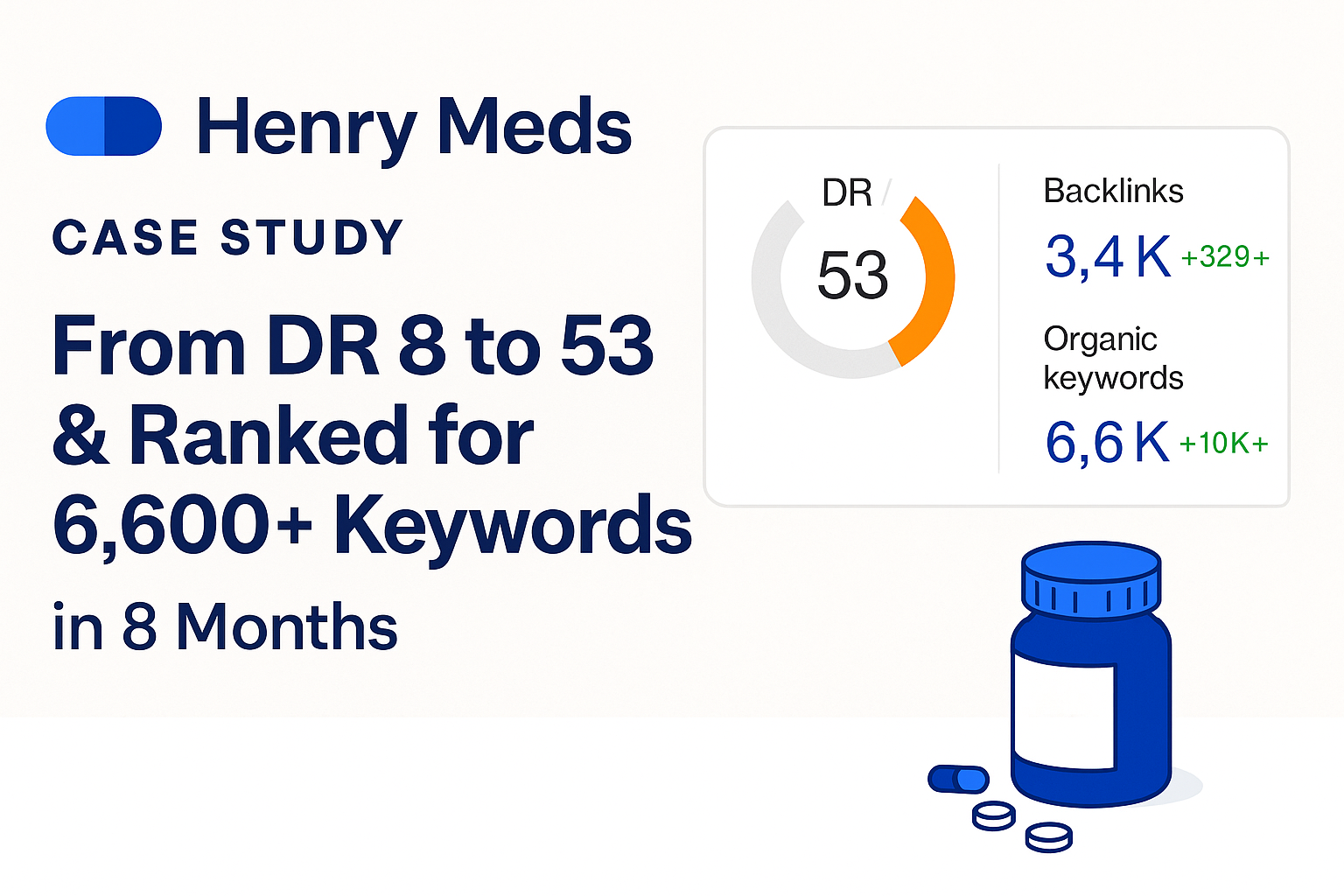Now imagine that you just went out and implemented Salesforce across your organization all the productivity gains, customer insights, sales growth we told you about will be unlocked
You’ve tailor-made this powerful CRM platform and put a lot of time, money and resources into it before believing that it will change the game for your team. Then something unexpectedly happens people avoid it
Salesforce is not a hate platform (people hate), just overbearing. Things are making it through the interface faster than we are able to complete them, it is pie in the sky data dumping and task assignment!
Your team: once eager to pair up with your favorite app is now standoffish to the point they avoid using it, meaning no feedback, faulty data and hence, lesser sales.
What went wrong?
The culprit here is not Salesforce itself; the problem is User Experience (UX). Salesforce becomes another software you dread, when the user experience is awful. If employees avoid using the system that very CRM platform, set up to be more efficient ends up costing you money in resources without being fully utilized and understood.
Now, what can you do to prevent that from happening? The first step to ensure that your employees get onboard and use the platform is the importance you place on user experience (and the second being that you must understand the impact that UX has on Salesforce adoption). In this post we will be identifying how UX and adoption intertwine, why there are hurdles to the relationship and ways to drive user engagement on Salesforce.
Time to stop dreading Salesforce, we are finally going to make this thing work for us. Let’s dive in.

Important of User Experience (UX) on Salesforce Implementation
Good UX to ensure employees like using Salesforce and avoid it as much as possible rather they think of it as an overbearing platform.
Increased engagement of Users
- Deep in the heart of Salesforce adoption policy is user engagement. If the users are not able to maneuver or understand the platform, they would generally not use it on regular basis, which causes data discrepancies and lost opportunities.
- Companies of all sizes who craft user-centered CRM designs can see up to 40% greater engagement from their teams, according to Salesforce.
- This is especially true and critical for features like lead management, opportunity tracker or the customer service workflows, you must use these daily if operational excellence were a thing.
- Data gets input correctly; customers are managed proficiently by employees more when the salesforce is simple to use so that employees can take full advantage of the full potential of that platform.
- If the dashboard is tweaked to show only what is most important, users will touch the platform more which in turns results in sales and marketing productivity.
Enhanced Efficiency
- A reduced cognitive load helps users’ complete tasks faster, by way of a friendly and intuitive user interface.
- Salesforce is also very flexible and, customized to the team, it minimizes the work created by admins in data entry, report generation or contact up to date.
- Good UX design minimizes user effort with fewer clicks, faster access to relevant data and eliminates manual where possible so that sales reps can be productive on high-priority tasks.
- This raises the level of productivity and efficiency.
Enhanced data integrity
- Salesforce is primed with essential data – be it sales forecasting data or interaction between the customer; data integrity here is critical.
- A messy interface and field inflation, and workflow processes no longer must be followed can lead to error or incomplete entries.
- Salesforce users close the data they need to make it cleaner, show property fast so that valuable insights can be made.
- When your users can do all, they need to track customers without struggling with the interface, the data becomes more accurate for reporting or making decisions.
Increased User Satisfaction
- The more a tool feels good when engaged with by users the more likely they will go on to use it.
- Positive users’ experience increased user satisfaction which translates into better adoption of Salesforce.
- A poorly designed user interface can topple users and most likely a system won’t be adopted at all, instead of being resolute a user-friendly interface can potentially be the deciding factor.
- The well-designed Salesforce interface is a great tool for empowering the employees and makes them stumble in performing with an inherent confidence using the system as per their level of capability.
Reduced Training Time
- Crucial time spent learning to work with a CRM system is saved by implementing intuitive user interface Easy to learn and use as the CRM itself takes care of the training process.
- Reducing the time required to train users is one of the best benefits of an excellent UX.
- When the interface is a little bit easier for new users to get their bearings, it reduces the effort required and accelerates acceptance.
- Salesforce is a complex and cumbersome tool for even large organizations delineating the departments.
- However, a professional design meant to simplify is more likely to save organizations time and resources in training and ultimately improving adoption.
Salesforce is Poor User Experience Roadblocks and Impacts Adoption
Salesforce is very flexible and powerful, but poor UX can be a huge roadblock to adoption. Some of the most common roadblocks to smooth user experience are listed as:
Too Much Interface
- An unwanted and cluttered interface can make it difficult for users to concentrate on the key tasks they performed in that tool.
- Overloading user-friendly layout with unnecessary Salesforce pages can make the site look messy which in turn can slow performance and navigation.
- How to Improve: Salesforce allows for various customizations that can be made in terms of dashboards, page layouts and reports. Cutting out extra fields, empty tabs and cleaning up navigation can ease the cognitive load on users, so they focus on what matters most.
Compromised Customization
- Salesforce is well-known for being so customizable that it can cater to a business specifically.
- Where users are restricted in how they can personalize the interface, adoption levels suffer.
- How to Improve: Use Regularly Feedback from Users and User Testing to spot customization Opportunities that will make Salesforce more relatable and friendly for your group. Offering specialized dashboards and views that are customized to each role can a huge increase on adoption as it aligns the platform with tasks, they do every day.
The data is organized all over
- Unorganized data presentation can be chaotic for teams depending heavily on Salesforce for customer interaction insights and sales performance.
- The most significant challenge with using the data is reading it or being able to access it without a logical design, and users must struggle in finding it causing inefficiency.
- How to Improve: With Salesforce you can create reports and dashboards that arrange data in functionality for users. Implementing features such as Lightning Components and Custom Fields can help in creating an organized, user-friendly layout that in turn improves both accessibility and usability.
Poor Non-responsive Design
- Having a non-responsive design can be a major barrier to success for teams who are typically working remotely or in the field, creating awareness of Salesforce.
- If the system does not adapt well to mobile devices, users may experience data loss when they need it the most.
- How to Improve: Salesforce’s Mobile App is designed to do this. To help with implementation, ensure that your Salesforce implementation is optimized for mobile devices as it will lead to sales reps and field service teams using the platform as designed. For a seamless and efficient setup, consider professional Salesforce implementation services e.g. Minuscule Technologies, ensuring a user-friendly and customized experience tailored to your business needs.
Enhancing Salesforce User Experience for Better Adoption
Optimizing Salesforce for a good user experience is an ongoing process that requires feedback, iterations and testing. Here are some proven strategies to improve Salesforce UX and adoption:
Gather user insights
- One of the best ways to obtain UX is by knowing what users need pain points.
- Extract feedback from users through the use of surveys, one-on-one interviews and or user research on their experience with Salesforce.
- Being able to follow user insights is the first step toward making needed observations and improving the system to be more intuitive.
Adjust the Interface to User Needs
- Salesforce allows you to be highly adaptable.
- The key to improving UX is when the interface is customized to match your business needs.
- By tweaking dashboards, reports, and the layout so they apply to each individual role, employees focus on what is important to them and nothing else.
Invest in Broad User Education
- Salesforce is a great tool, but it needs to be used.
- One of the strategies for improving UX and ensuring adoption is making sure that we get the users trained on what will be most valuable for them.
- Providing role-specific training, including system practice in which the user can interact with assigned tasks can reduce frustration and increase user competence.
Leverage Automation Features
- Automation eliminates manual tasks, which allows users to focus on higher value work.
- Salesforce offers very good automation features like workflows, approval process, and process builders so that users can automate repetitive tasks to data entry & follow-up.
Monitor User Engagement Metrics
They must track the user engagement to identify the areas where a user has suffered and low adoption.
Salesforce also delivers reporting tools that help administrators monitor login activity, feature usage, and other important metrics to drive changes were needful.
Conclusion
User Experience holds a special place in the adoption of Salesforce. Properly with user-friendly UI can result in higher user engagement and increase in data integrity will guarantee a successful Salesforce implementation. I make sure you cover all the common challenges holding adoption back and then stitch together some proven strategies.







